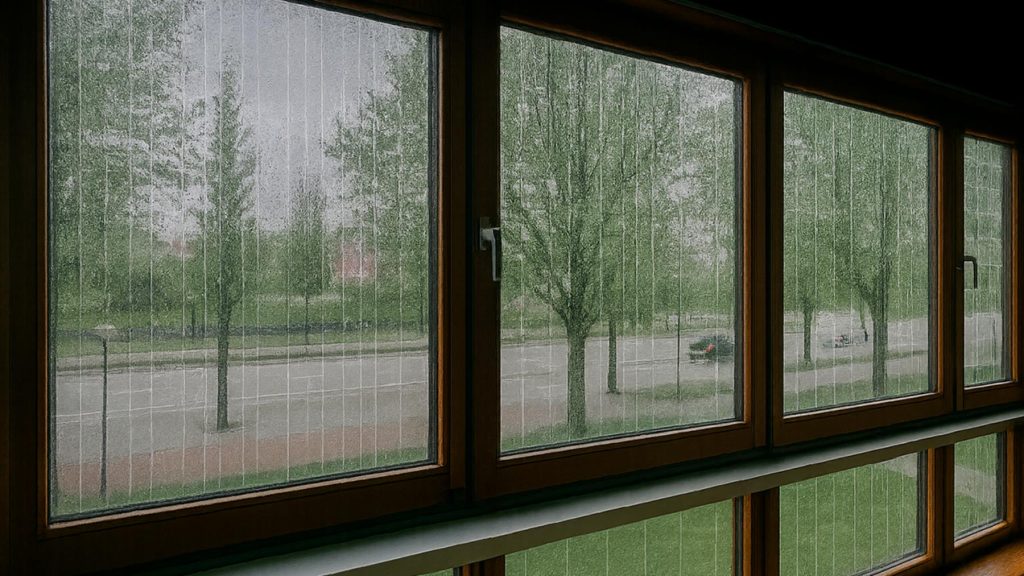Have you ever considered what would happen to mankind if we did not have access to safe drinking water? It is a vital source to life, as it protects our organs, regulates our body temperatures, and transports nutrients and waste in our bodies. It’s not just vital to us, but to all living organisms on Earth, and it is becoming scarcer by the day. Thankfully, innovative researchers have designed a device that creates water from thin air, and it can be installed and function almost anywhere.
The researchers who thought outside the box
Whether you believe in climate change or not, its effects are not as easy to ignore. Earth is becoming hotter, the ocean levels are rising, and drinking water is becoming scarcer. According to MIT News, nearly 2.2 billion people do not have access to safe drinking water. In the US alone, over 46 million people are without secure resources, either living without running water, or it is unsafe for consumption.
The increased demand for safe consumable resources is placing pressure on conventional resources, including lakes, reservoirs, and rivers. To address these issues faced by millions, researchers from MIT have turned to a more unconventional source, namely the air. According to the researchers, Earth has billions of gallons of water in its atmosphere, and it is in the form of vapor.
Should atmospheric vapor be successfully harnessed and condensed, mankind could access safe drinking water in nearly any place, even where resources are limited. But the question remains, how would they do it?
Creating water out of thin air
The team engineered and trialed a new device called an atmospheric vapor harvester. Their trial has indicated that it captures vapor with high efficiency across a variety of relative humidities (even in the desert) and, as a result, generated water safe for consumption literally out of thin air.
The atmospheric vapor harvester is a black vertical panel (basically resembling a window) and is engineered from an absorbent hydrogel material. The hydrogel is encased in glass, which has been coated with a cooling layer. According to MIT News, hydrogels are soft, permeable substances that are primarily made from water and a system of microscopic interconnecting polymer fibers.
At first glance, the hydrogel looks like black bubble wrap, and its dome-shaped arrangements swell as the hydrogel absorbs vapor. As the vapor evaporates, the domes return to their prior shape. The vapor then condenses onto the glass and flows downwards and outwards through a tube, producing clean drinking water. The concept is similar to a leaf-shaped device that utilizes transpiration.
Benefits beyond creating a vital life source
This device trumps many others, as it operates without additional power sources such as batteries, solar power, or grid power. The MIT researcher tested their device for more than 7 days in California’s Death Valley, whose name speaks a thousand words. The device generated up to 160 milliliters daily despite the extremely low-humidity conditions.
The researchers believe numerous vertical panels in a small array arrangement may passively provide an entire household with clean water, even in the most harsh desert regions. As humidity increases, so would the production results, making the device useful in temperate and tropical regions as well.
It’s a test of feasibility in scaling up this water harvesting technology. Now people can build it even larger, or make it into parallel panels, to supply drinking water to people and achieve real impact.” – Xuanhe Zhao, the Uncas and Helen Whitaker Professor of Mechanical Engineering and Civil and Environmental Engineering at MIT
Innovative designs such as this one will be lifesafers in regions that are experiencing lengthy droughts and water insecurity. Other lifesaving approaches that are being explored include the El Paso Utility.

